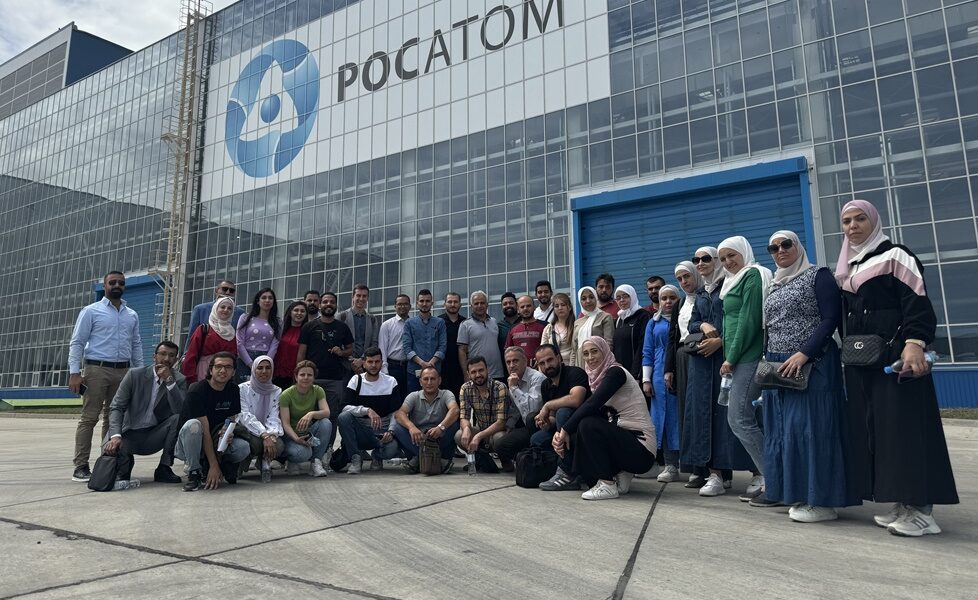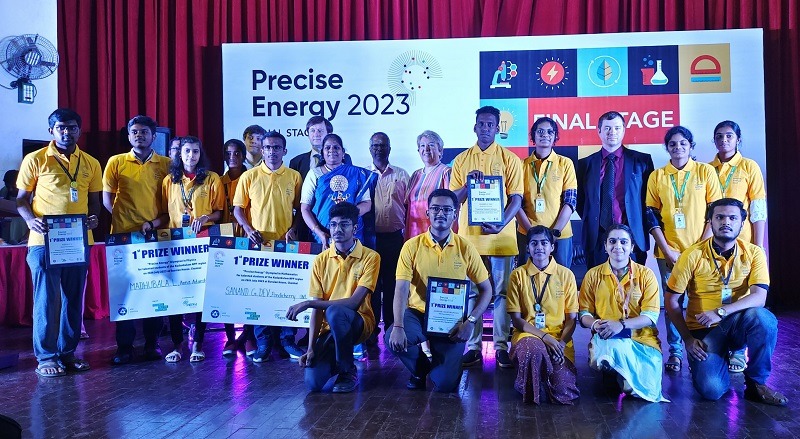RES is booming worldwide, and received an additional momentum for development during the SOR28 climate forum, where many countries signed a charter to triple renewable energy capacity and double energy efficiency by 2030 signed by 123 parties, including the US, EU, Germany, UAE. Although Russia (as well as other BRICS countries) has not joined this charter, our country is also experiencing rapid growth of renewable energy sources: over the last 10 years the capacity has increased 4 times, and, most importantly, the segment that does not require targeted programs of support from the state is growing.
Stavropolsky Krai is the leader in the Russian Federation in terms of installed RES and WPS capacities, which allows consumers in the region to enjoy many advantages of this type of generation. RES capacities are almost 5 times cheaper than TPP construction projects, and the implementation time of such projects is significantly shorter than that of TPP construction. Low-carbon energy from WPS is already in demand by consumers in a number of export-oriented industries, and with the introduction of payments for greenhouse gas emissions (planned by 2028) will have additional competitive advantages over other types of energy.
The commissioning of the second stage of Rosatom’s Trunovskaya WPS is an important step in improving the efficiency of Stavropolsky Krai’s energy systems, which will contribute to the competitiveness of all energy-intensive industries in the region.





